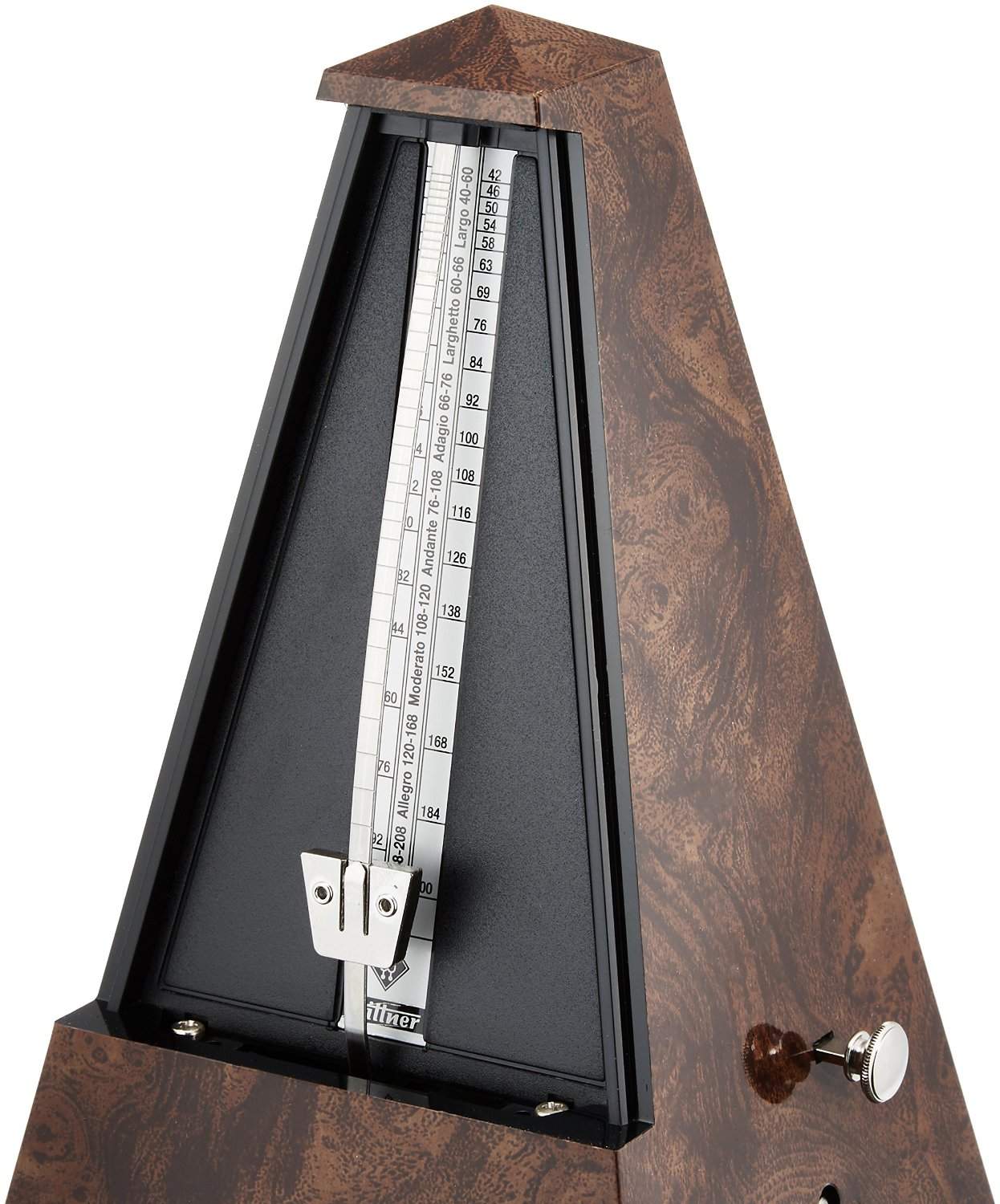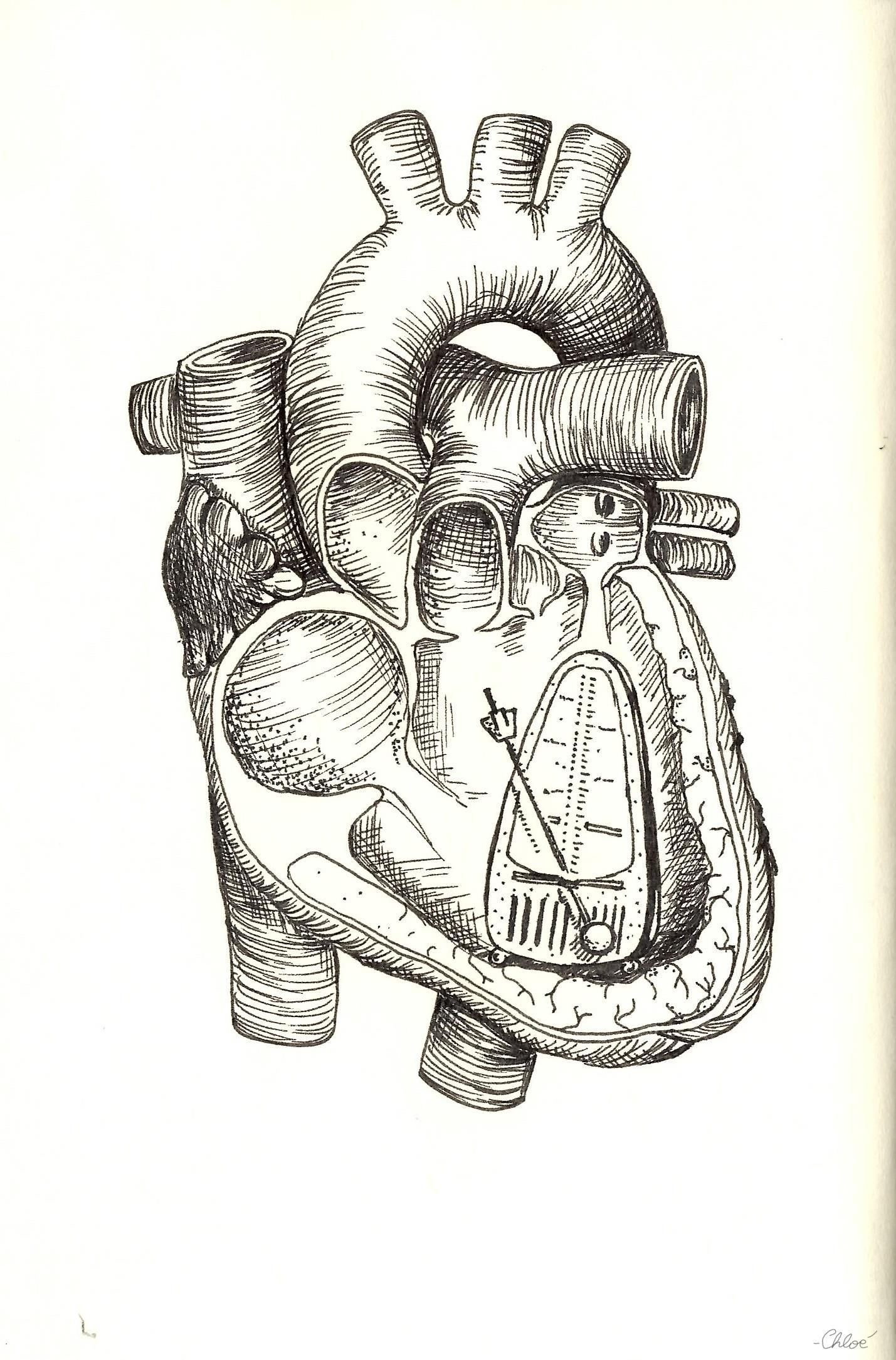
To sum up, here are some common examples. The number of beats per measure can instead be determined by dividing the upper number by three. So, if the lower number is 8 the beat unit must be the dotted quarter note, since it is three times an eighth note. To identify which type of note represents one beat, you have to multiply the note value represented by the lower number by three. Unlike simple time, compound time uses a dotted note for the beat unit. The most common lower number in a compound time signature is 8. Compound time signatures are distinguished by an upper number which is commonly 6, 9 or 12. In compound time signatures, each beat is divided into three equal parts.The most common simple time signatures are 2/4, 3/4, 4/4 (often indicated with a “C” simbol) and 2/2 (often indicated with a “cut C” simbol).

#ONLINE METROGNOME HOW TO#
You can search for these foreign terms in our music glossary. How to use the Metronome online Set the BPM tempo First, set the tempo of the metronome by setting the BPM tempo (beats per minute) from 1 to 240. Most of these words are Italian, a result of the fact that many of the most important composers of the 17th century were Italian, and this period was when tempo indications were used extensively for the first time. Whether a music piece has a mathematical time indication or not, in classical music it is customary to describe the tempo of a piece by one or more words, which also convey moods. The tempo is typically written at the start of a piece of music, and in modern music it is usually indicated in beats per minute (BPM). It is accompanied by animated videos and audio examples to instruct you and to help ensure that you are playing accurately.In musical terminology, tempo (Italian for “time”) is the speed or pace of a given piece. The book includes hundreds of rhythm exercises and practice patterns, as well as melodies and duet/ensemble pieces. Improve your rhythm, sense of tempo, and reading skills with the Time Lines Music Method. Visit the MetronomeBot homepage for metronomes that count the beat, as well as metronomes that subdivide the beat. They can be used for music in any time signature.

Scroll down for a complete list of links to more tempos ranging from 30 BPM to 300 BPM available for the basic online metronome. If you need to practice at this tempo for more than nine minutes, simply reload the video, or right-click (control-click on Macs) on the video and select “Loop.” MetronomeBot is producing the tone at a steady beat for nine minutes in the Youtube video below. This metronome repeatedly produces a woodblock sound at 120 beats per minute, or 120 BPM. Home - Metronomes - Online metronome Basic metronome at 120 beats per minute


 0 kommentar(er)
0 kommentar(er)
